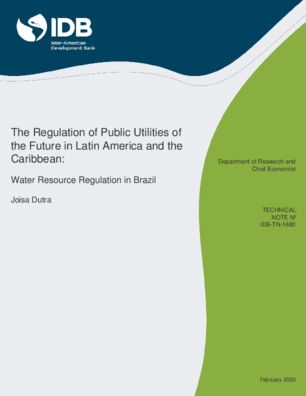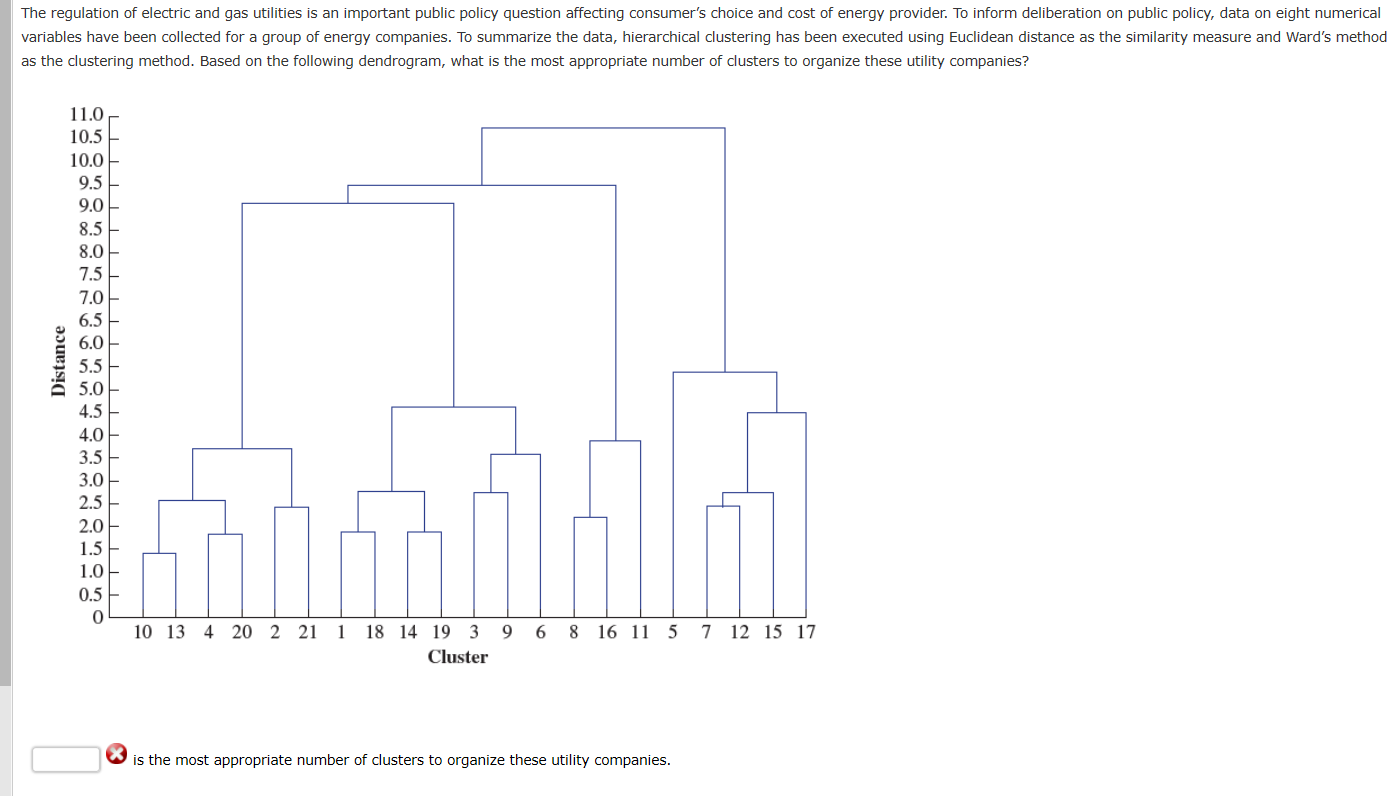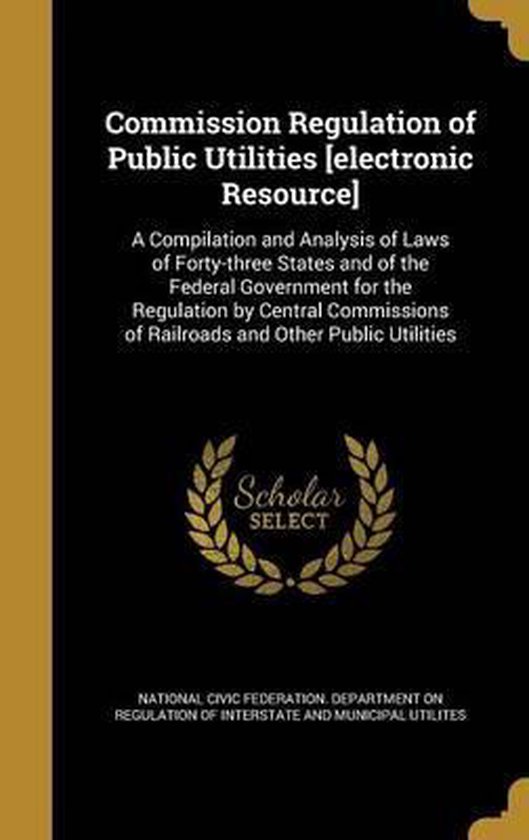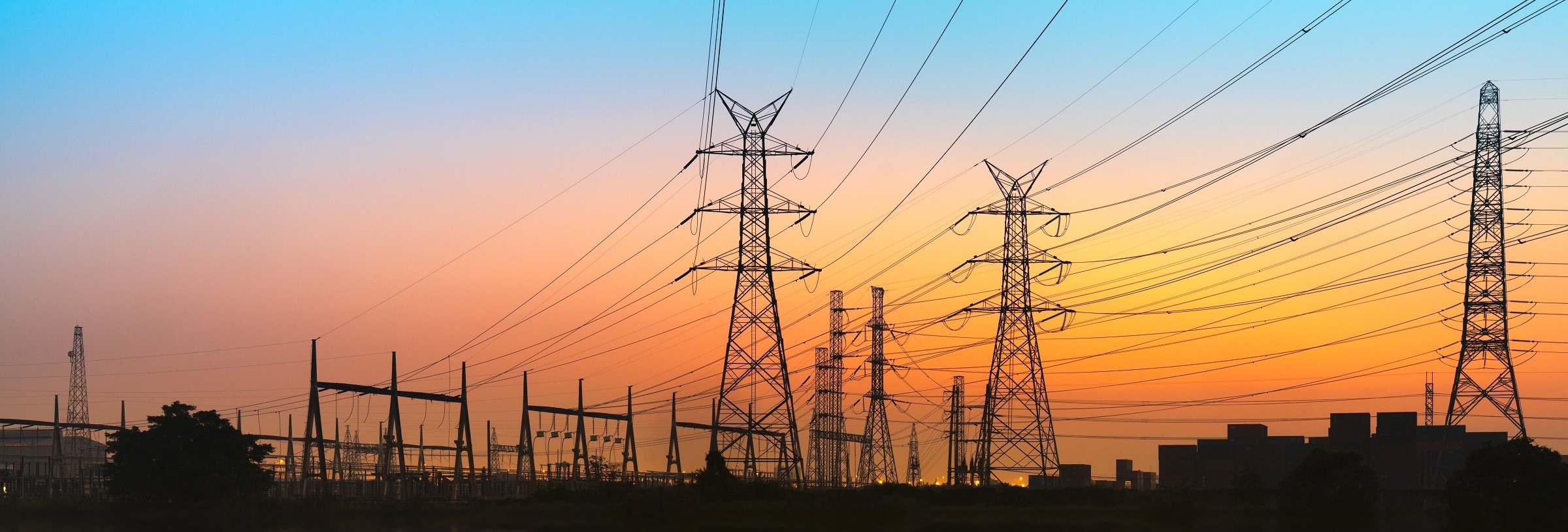Regulation Of Public Utilities
The Regulation of Public Utilities in Latin America: Ensuring Access and Fairness
Public utilities play a vital role in ensuring that essential services are readily available to the public. This includes services such as electricity, water, and telecommunications. In Latin America, the regulation of public utilities has become a key concern to ensure access and fairness for all citizens. In this article, we will delve into the current state of regulation for public utilities in Latin America, the challenges faced, and potential solutions for the future.
Current State of Regulation in Latin America

Latin American countries have made significant progress in the regulation of public utilities over the years. Governments have recognized the need to establish regulatory bodies to oversee the functioning of these essential services and protect the interests of both consumers and service providers.
One of the notable achievements in this regard is the establishment of independent regulatory authorities. These authorities are responsible for setting tariffs, promoting competition, and ensuring quality standards. They play a crucial role in maintaining a level playing field and preventing monopolistic practices.
The Challenges Faced
While significant progress has been made, there are still several challenges that need to be addressed. One of the main challenges is the lack of sufficient investment in infrastructure. This hampers the ability of public utilities to provide reliable and efficient services to all citizens. Governments need to prioritize infrastructure development and ensure adequate funding to meet the growing demand for essential services.
Another challenge is the issue of affordability. Public utilities, such as electricity and water, should be accessible to all citizens, including those from low-income backgrounds. However, high tariffs and limited access in certain regions make it difficult for some individuals to afford these essential services. Governments need to take measures to ensure affordability while also ensuring the financial viability of service providers.
Promising Solutions for the Future
Despite the challenges, there are several promising solutions that can help improve the regulation of public utilities in Latin America. These include:
1. Encouraging Private Sector Participation
Private sector participation can bring in much-needed investment and expertise in the provision of public utilities. However, it is crucial to ensure that regulatory mechanisms are in place to prevent monopolistic practices and ensure fair competition. Governments should create a conducive environment for private sector participation through transparent bidding processes and clear regulations.
2. Strengthening Consumer Protection
Consumer protection is a vital aspect of regulating public utilities. Governments should establish mechanisms to address consumer complaints and ensure that service providers adhere to quality standards. This can be achieved through regular monitoring and auditing of service providers, as well as setting up independent ombudsman offices to handle consumer grievances.
3. Embracing Technological Advancements
Technology plays a crucial role in improving the efficiency and accessibility of public utility services. Governments should encourage the adoption of smart grid technologies for electricity and water distribution, as well as promoting the expansion of broadband infrastructure for better internet access. Embracing technological advancements can help ensure that public utilities are meeting the evolving needs of the population.
FAQs about Public Utility Regulation in Latin America
Q: How are tariffs determined for public utilities in Latin America?
A: Tariffs for public utilities are typically determined by regulatory authorities based on the cost of service provision. These authorities assess various factors such as infrastructure maintenance, operational costs, and investment needs before setting tariffs. The aim is to strike a balance between ensuring affordability for consumers and maintaining the financial viability of service providers.
Q: Are public utility services accessible to all citizens in Latin America?
A: While efforts have been made to improve accessibility, there are still certain regions and populations that face limited access to public utility services in Latin America. This is primarily due to inadequate infrastructure development and the affordability challenges faced by low-income individuals. Governments are working towards bridging this gap and ensuring access to essential services for all citizens.
Q: How can competition be promoted in the public utility sector?
A: Competition in the public utility sector can be promoted through various measures. Regulatory authorities can encourage private sector participation through open bidding processes and clear regulations. They can also establish competitive frameworks that allow multiple service providers to operate in the same market. By promoting healthy competition, consumers can benefit from better quality services and competitive pricing.
In conclusion, the regulation of public utilities in Latin America is crucial for ensuring access and fairness for all citizens. While challenges exist, there are promising solutions on the horizon. By embracing private sector participation, strengthening consumer protection measures, and embracing technological advancements, Latin American countries can create a more reliable and efficient public utility sector.
Solved I. The Regulation Of Electric And Gas Utilities Is An | Chegg.com
 Image Source : www.chegg.com
Image Source : www.chegg.com Solved The Regulation Of Electric And Gas Utilities Is An | Chegg.com
 Image Source : www.chegg.com
Image Source : www.chegg.com utilities
Is Internet Access Regulated Like Public Utilities? – Long Beach Media
lbmc ask utilities regulated access internet public advertisement
Commission Regulation Of Public Utilities [Electronic Resource
 Image Source : www.bol.com
Image Source : www.bol.com (PDF) What Can We Learn From The Regulation Of Public Utilities?
 Image Source : www.researchgate.net
Image Source : www.researchgate.net utilities regulation learn public regulatory perspective environment practice international general
Public Utilities Regulation: Nossaman LLP
 Image Source : www.nossaman.com
Image Source : www.nossaman.com utilities regulation nossaman insights
The A To Z Of Public Utility Regulation: Wayne P. Olson, Public
 Image Source : www.amazon.com
Image Source : www.amazon.com The Regulation Of Public Utilities Of The Future In Latin America And
 Image Source : publications.iadb.org
Image Source : publications.iadb.org (pdf) what can we learn from the regulation of public utilities?. Utilities regulation learn public regulatory perspective environment practice international general. The a to z of public utility regulation: wayne p. olson, public. The regulation of public utilities of the future in latin america and. Utilities regulation nossaman insights